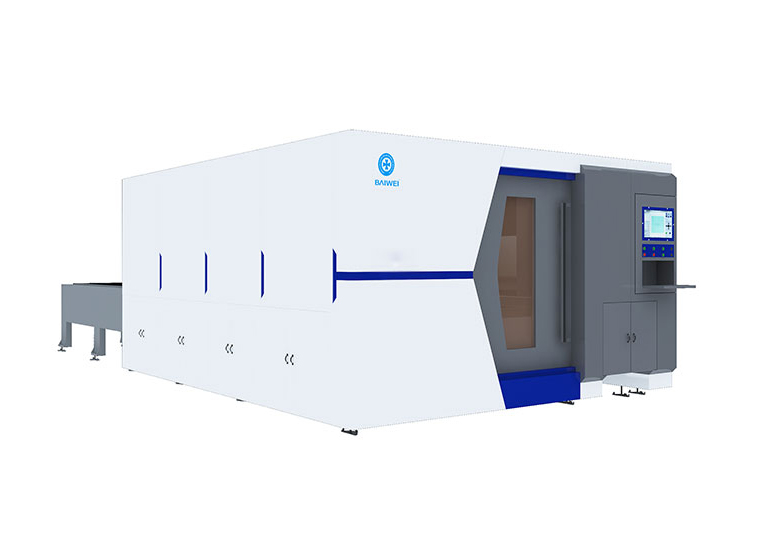With the rapid development of aluminum sheet metal processing technology, the domestic processing technology is also constantly updated and iterated. In sheet metal cutting applications, cutting equipment mainly includes (NC and non-NC) shears, punches, flame cutting, plasma cutting, high pressure water cutting, laser cutting, etc. Sheet metal cutting has a wide range of applications, such as heavy machinery, ships, clothing, glass and other industries. Improving the utilization rate of sheet metal can reduce the production cost of enterprises and bring considerable economic benefits to enterprises.
.jpg)
For a long time, the machining industry has been used in many industries because of its light weight, high strength, electrical conductivity (can be used for electromagnetic shielding), low cost, and good mass production performance. What are the advantages of cutting machines over traditional metal cutting?
Baiwei Laser Company will take you to understand.
1. Use programming software to improve laser cutting efficiency. Laser cutting can effectively use the advantages of programming software, greatly improve the utilization rate of thin-plate materials, reduce the use and waste of materials, and reduce the labor intensity and effort of workers to achieve ideal results.
2. Save product development cycle and realize mass production of sheet metal parts. In an ever-growing market environment, the speed of product development means the market. The application of laser cutting machine can effectively reduce the number of molds used, save the development cycle of new products, and promote the speed and pace of their development.
.jpg)
3. Reduce sheet metal processing procedures and production costs. In the sheet metal processing operation, almost all the plate parts need to be formed on the
laser cutting machine at one time and directly welded together. Therefore, the application of the laser cutting machine reduces the process and construction period, effectively improving High work efficiency, can realize the double optimization and reduction of labor intensity and processing cost, and promote the optimization of the working environment, greatly improve the speed and progress of research and development, reduce the investment in molds, and effectively reduce the cost;

 BW-G3015 3kw open type fiber laser cutting machine
BW-G3015 3kw open type fiber laser cutting machine BW-G4020 Open type fiber laser cutting machine
BW-G4020 Open type fiber laser cutting machine BW-G6020 Open type fiber laser cutting machine
BW-G6020 Open type fiber laser cutting machine BW3000 6kw open type fiber laser plate&tube cutting machine
BW3000 6kw open type fiber laser plate&tube cutting machine BW3000 6KW closed type fiber laser plate&tube cutting machine
BW3000 6KW closed type fiber laser plate&tube cutting machine BW-G6025 Closed type fiber laser cutting machine
BW-G6025 Closed type fiber laser cutting machine BW-G12025 Closed type metal sheet laser cutting machine machine
BW-G12025 Closed type metal sheet laser cutting machine machine.jpg) BWQG SERIES Professional Laser Tube Cutting Machine 3kw-20kw
BWQG SERIES Professional Laser Tube Cutting Machine 3kw-20kw
.jpg)



.jpg)


.jpg)
.jpg)

